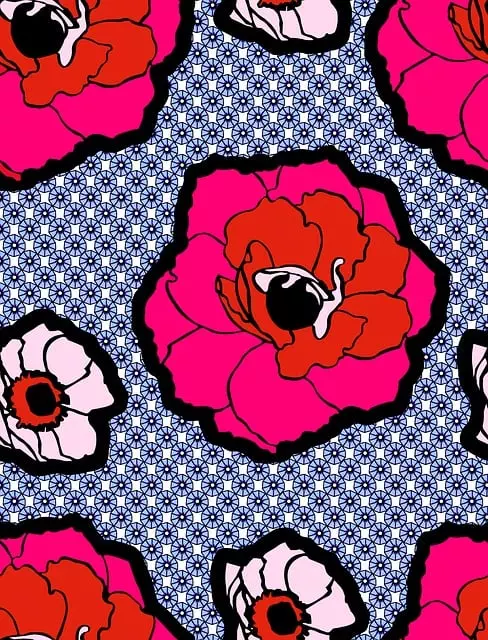Vietnam's Kratom stands out globally due to its rich profile of 70 kavalactones, a unique set of compounds found within the Mitragyna speciosa tree that influence a wide array of effects from energy to relaxation. These strains, with their distinct kavalactone compositions, offer diverse experiences and are celebrated for their efficacy in impacting mood, energy, pain relief, and cognitive function. The tropical climate of Vietnam is ideal for cultivating these trees, allowing for the optimal harvesting of mature leaves at peak alkaloid levels, particularly 70 kavalactones, known for their stimulating and euphoric properties. A careful drying process maintains the integrity of these compounds, ensuring a consistent and potent Kratom product that is highly valued in the global market. This guide provides insights into the specific kavalactone profiles of Vietnamese Kratom strains, enabling users to select the most suitable strain for their health and wellness goals, with Red Vein Kratom offering analgesic and sedative qualities, while White Vein Kratom delivers more stimulating effects. Understanding these profiles is key to experiencing the desired outcomes from each strain, reinforcing Vietnam's status as a premier source of high-quality 70 kavalactones Kratom.
70 Kavalactones in Vietnam Kratom Leaves: A Natural Treasure
Discover the unique and potent properties of Vietnam Kratom leaves, renowned for their rich content of kavalactones. This article delves into the intricacies of these lesser-known botanicals, offering a detailed exploration of their kavalactone profiles. From the meticulous harvesting to the processing methods that preserve high concentrations of these bioactive compounds, learn how Vietnam Kratom stands out in the realm of natural wellness. Join us as we unravel the mysteries behind the 70 kavalactones found in these leaves and their potential benefits for your health and well-being.
- Unveiling the Potency of Vietnam Kratom Leaves: A Closer Look at Their Kavalactone Content
- The Comprehensive Guide to Vietnam Kratom Strains and Their Kavalactone Profiles
- Harvesting and Processing Vietnam Kratom: Ensuring High Kavalactone Concentrations for Optimal Effects
Unveiling the Potency of Vietnam Kratom Leaves: A Closer Look at Their Kavalactone Content

Vietnam’s lush, verdant landscapes provide a unique environment for the cultivation of Kratom leaves, which are rich in alkaloids and have garnered attention for their potential effects. Among these leaves, the presence of over 70 kavalactones is particularly noteworthy. These compounds contribute significantly to the distinct characteristics and potency of Vietnam Kratom. The kavalactone content in these leaves varies depending on the strain and where they are grown; each type offers a different balance of these bioactive components, influencing the user experience. For instance, some strains may have a higher concentration of mitragynine payloads, while others might boast a more diverse range of kavalactones that can modulate effects such as energy and well-being or relaxation and pain relief. The 70 kavalactones found in Vietnam Kratom leaves are instrumental in providing the varied effects associated with this botanical; they play a crucial role in determining the unique experiences users report after consuming Kratom products derived from these leaves. Research into these compounds continues to expand our understanding of their properties, suggesting that each kavalactone may contribute differently to the overall efficacy and user experience. As such, Vietnam’s Kratom leaves stand out in the Kratom market due to their rich kavalactone profile, which offers a depth of potential benefits for consumers seeking natural alternatives for well-being support.
The Comprehensive Guide to Vietnam Kratom Strains and Their Kavalactone Profiles

80 different kratom strains are found in Vietnam, each with its unique alkaloid profile, including a diverse array of kavalactones, which are crucial to understanding the strain’s effects. Among these, the 70 kavalactones stand out as significant contributors to the plant’s pharmacological properties. Kratom leaves from Vietnam contain a complex blend of these compounds, which can influence everything from mood and energy levels to pain relief and cognitive function. The Mitragyna speciosa tree, indigenous to Southeast Asia, produces kratom leaves that are rich in these kavalactones, with each strain offering distinct benefits. For instance, Vietnamese strains like Red Vein Kratom are recognized for their analgesic and sedative effects due to higher concentrations of certain kavalactones, such as kratom-8-hydroxymitragynine. Conversely, White Vein Kratom from Vietnam may contain a different kavalactone profile that provides more invigorating and stimulating properties. Understanding the specific kavalactones present in each strain is essential for users seeking particular benefits or effects. This guide aims to elucidate the nuances of Vietnam’s kratom strains, focusing on their unique kavalactone profiles to assist users in making informed decisions based on their wellness goals and preferences.
Harvesting and Processing Vietnam Kratom: Ensuring High Kavalactone Concentrations for Optimal Effects

Vietnam’s tropical climate provides an optimal environment for the cultivation of Kratom trees, which are native to Southeast Asia. The region’s specific conditions contribute to the unique alkaloid profile of Vietnamese Kratom leaves, particularly in terms of kavalactones—a class of compounds that are believed to be responsible for many of the plant’s effects. Harvesting Kratom leaves in Vietnam is a meticulous process, with farmers carefully selecting mature leaves at peak maturity to ensure high kavalactone concentrations. The timing of the harvest is crucial; it is typically carried out during specific periods when the alkaloid content is known to be at its zenith, ensuring that the end product contains a higher concentration of 70 kavalactones, which is particularly sought after for its potential stimulating and euphoric effects.
Once harvested, the leaves undergo a precise processing method that includes drying. This process must be executed with care to preserve the integrity of the alkaloids. The drying technique employed in Vietnam often involves low temperatures and controlled humidity to prevent degradation. This careful handling throughout the harvesting and drying stages is essential in retaining the kavalactone concentrations that users seek. The end result is a high-quality Kratom product, rich in 70 kavalactones, which can provide the desired effects when consumed. This attention to detail from farm to final product ensures that consumers receive a consistent and potent Kratom experience, making Vietnam a significant player in the global Kratom market.
70 kavalactones, unique to Vietnam’s Kratom leaves, distinguish this botanical from others. The meticulous harvesting and processing methods employed in the region ensure a higher concentration of these compounds, enhancing the potential effects for users seeking natural wellness support. This article has delved into the intricate details of these strains, providing readers with a comprehensive understanding of their kavalactone profiles. In essence, Vietnam Kratom leaves stand out as a notable source of these bioactive elements, offering a significant contribution to the realm of herbal supplements.






